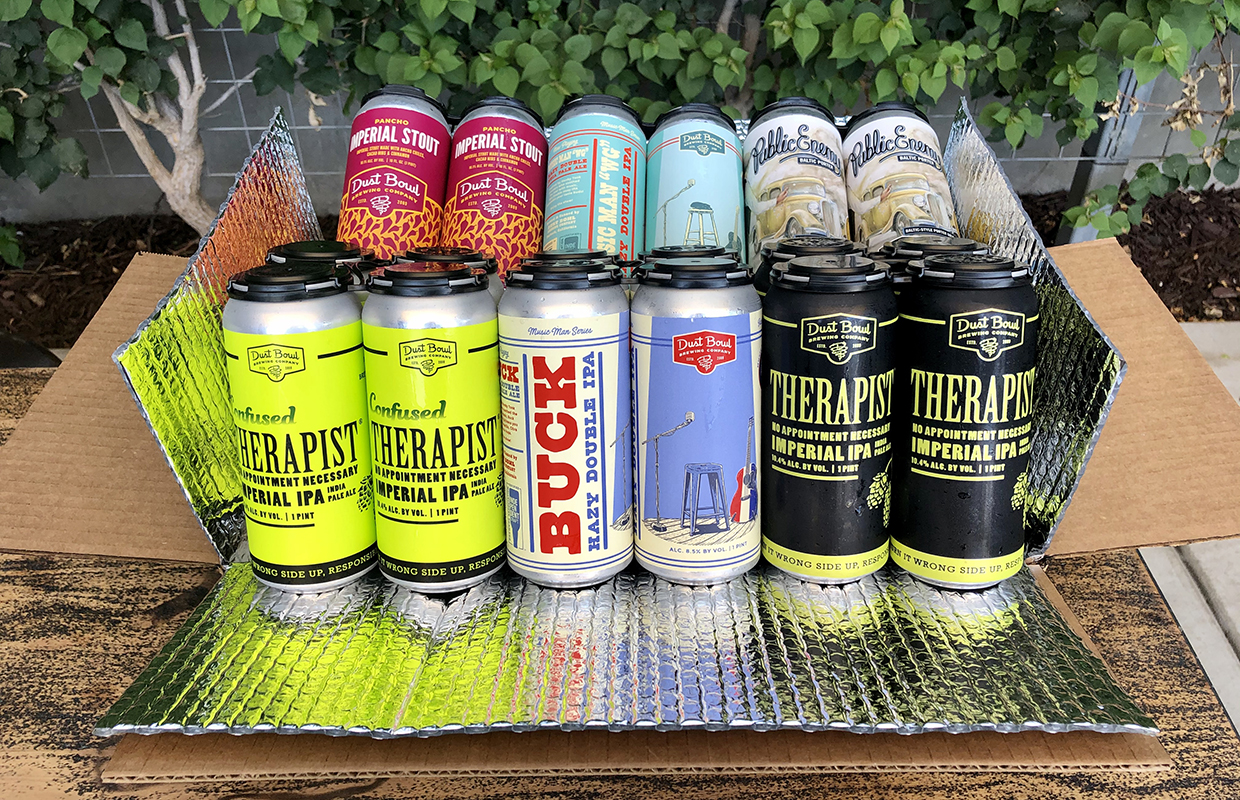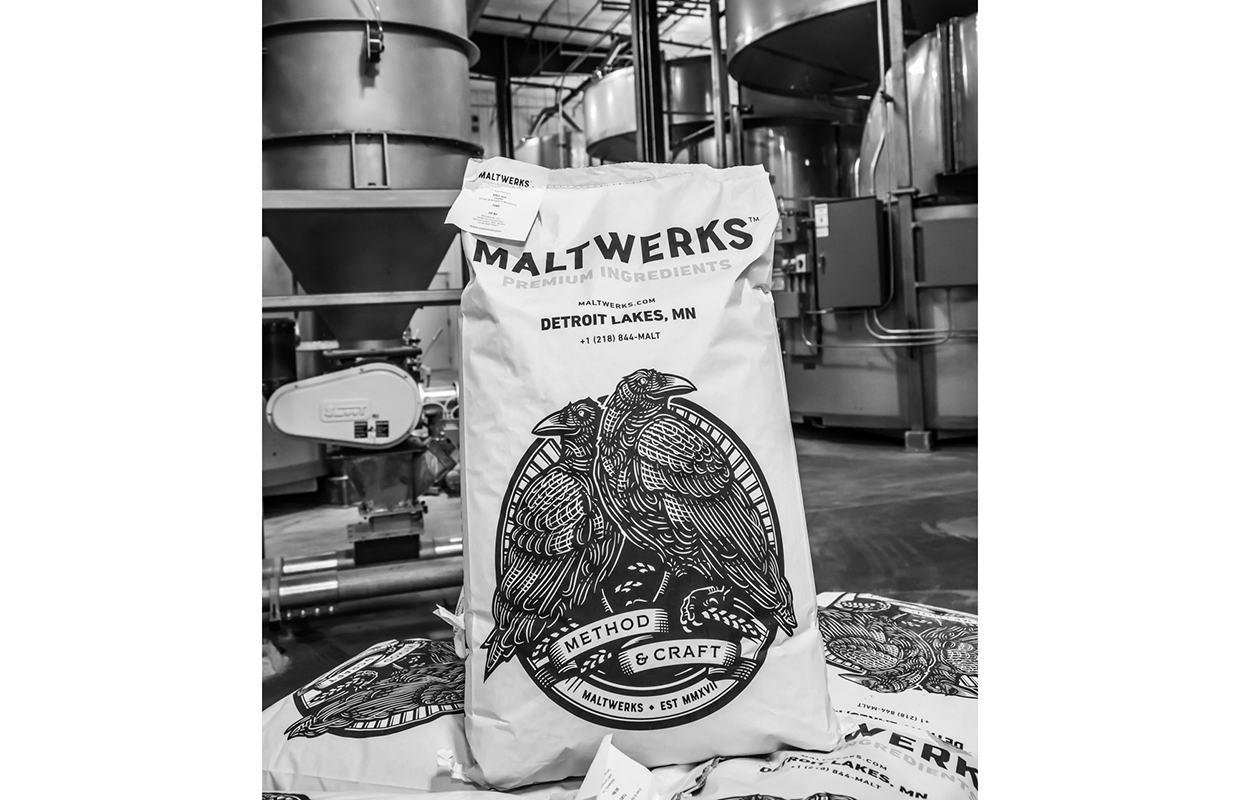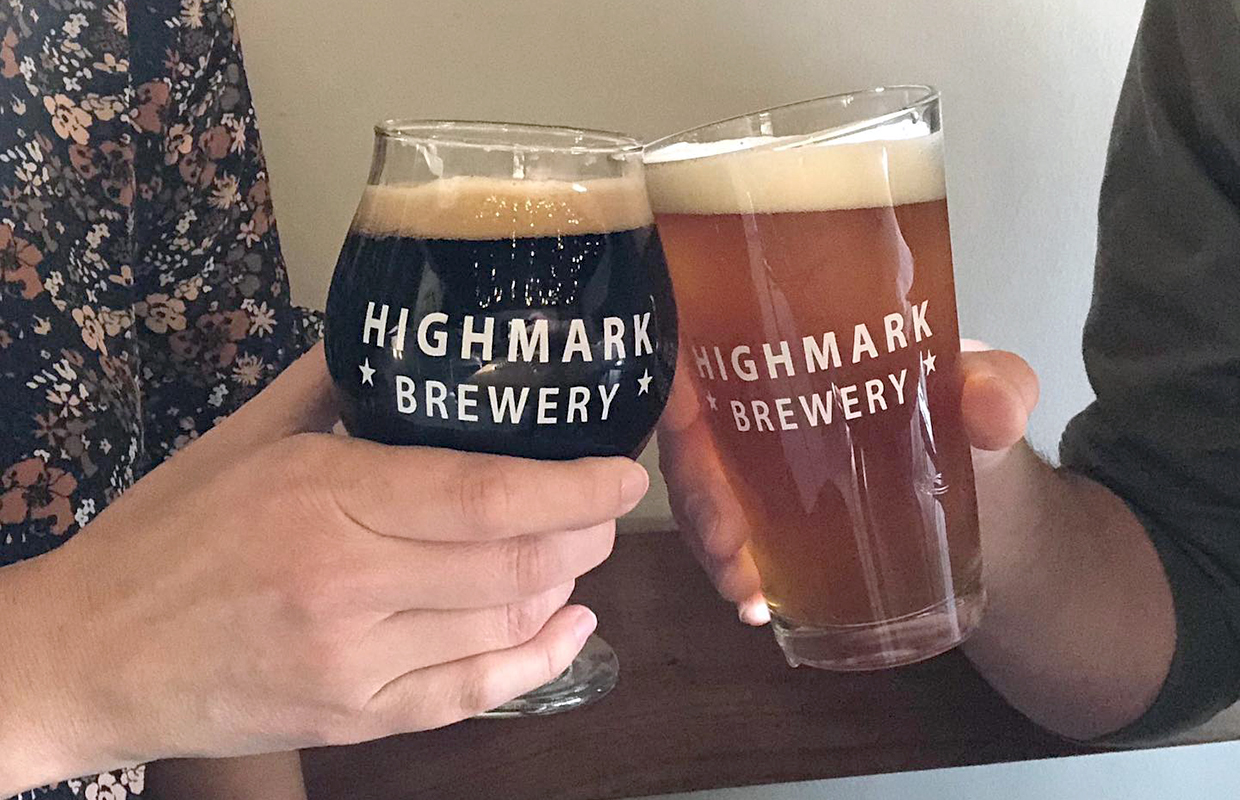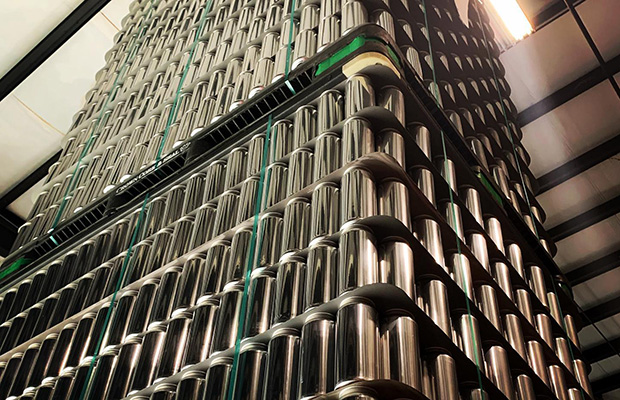
Perhaps this was the future all along? The shape of the craft beer industry in how it does sales has drastically changed in the past 12 months due to the pandemic world-wise. Upping a website’s look along with working toward changing state laws to allow either home delivery of products along with even shipping beer within your state or even intrastate has been discussed or switched to. It means breweries across the countries have pivoted to new practices to be successful.
Altering Logistics
For Dust Bowl, a DIY attitude quickly kicked in last spring.
“We quickly realized that online sales would become a “must” for our business,” said Michelle Peterson, the California brewery’s Marketing & PR Director. “In doing some initial research, I knew we wanted to build out our own selling platform because it allowed for more profitability — no third-party taking a cut — and allowed us more flexibility/customization on the package combinations.
Once Dust Bowl built out the site to handle the online sales — which Peterson said was a major investment — they added the responsibility to an existing staff member, who already coordinated most of the lightweight and front office shipping needs.
“The beer inventory is taken straight out of our taproom cold box for these DTC shipments, so we don’t have to bother the brewery for these single-case orders,” she said. “It’s considered a taproom sale.”
Dust Bowl currently only ships in California and has partnered with a shipping agent, GLS, which does expedited residential deliveries and obtains a 21-or-over signature with every delivery. The delivery confirmations and signatures are kept on file for the brewery’s compliance records.
“Our orders are coming from all over the state, sometimes in areas where we already have distribution,” Peterson said. “I think people are willing to pay the fee for shipping — we charge $21-23 as a flat rate — to get the mix packs delivered fresh from the brewery straight to their door.
“It’s a service that may have started due to shelter in place orders, but one that we believe is here to stay. People like the convenience and access to styles that might not all be in one retail location near their home.”
Changing Sales Patterns?
Bringing the taproom to the virtual world can be a challenge, but Urban Artifact is finding ways to appease both retailers and consumers alike.
The Cincinnati brewery would usually have a lot of in-house beers go on sale for pickup or sales at the bar. With that switched up, pushing those packages out to retail still do well said co-owner and Head of Sales Scotty Hunter. But a unique twist that Urban Artifact has added is a subscription service that ships quarterly to customers.
“This is not unique in terms of online shopping but since beer has been so infrequently sold direct, it is not something that many breweries are offering yet, if at all,” he said.
For Urban Artifact, it was finding a template through Shopify that fit the brand, then designing the appropriate aspects.
“We were trying to give the customer a feel for what our taproom is under normal conditions,” Hunter explained. “As far as what helps make a sale, I would say the biggest piece is total selection paired with free shipping minimums.
“If people are interested in buying your beer then spending another 10-20 dollars to qualify for free shipping won’t be much trouble as long as you have a wide variety of options that customers can select from.”
Hunter says the approach hasn’t changed consumer distribution habits at all to this point. In fact, it may help in the future to use what is happening now to help strengthen off-premise sales.
“I think for some areas where we have distro and direct options, we can utilize strong sales data for direct sales to get more retail placements and market in areas with strong distro sales to opt into our subscription services that are direct,” Hunter said.
Urban Artifact tried to put marketing dollars via promotion with limited results in terms of directly increased sales. Instead, Hunter said they have had better success focusing on product availability and subscription models to keep customers engaged. They also put a heavy emphasis on customer service and ensuring that the brewery will go above and beyond expectations when something goes wrong.
New Ways to Advertise
Jersey Girl rebranded its website as the pandemic continued to give customers a fresh face to the business and CEO Chuck Aaron said they also expanded online shopping to include beer to go.
Aaron added they started working on creating product videos in an attempt to make the experience more visual while incorporating a 360-degree product interaction as well. Promotion and marketing dollars are definitely needed to pull people to online shopping, he added.
“The promotions increase awareness and entice the consumers to purchase online where otherwise they may not want to come and sit at the brewery to enjoy a beer,” he said.
Aaron said they moved a smaller group of employees to online sales support when inside dining was closed and outdoor was not yet available.
“Pulling and processing the orders was pretty easy. We use Square,” he said. “From a process perspective, we needed to learn how to efficiently fill crowlers in a fast way without compromising quality or shelf life.”
To support this, Aaron said he moved a production employee to crowler packaging for four hours each morning.
And the new look gives the brewery a new place to point retailers to go for information about its beers.
“I find they want to be knowledgeable to help sell the product at their point of distribution,” Aaron said. “We try to help support their education.”
Along with the website, Jersey Girl amped up product posts on social media, not only to talk about the beer, but to spend time talking about food, cheese, and dessert pairings for the beer.
“Through this, we can make the drinking experience more personal,” Aaron said.




Be the first to comment